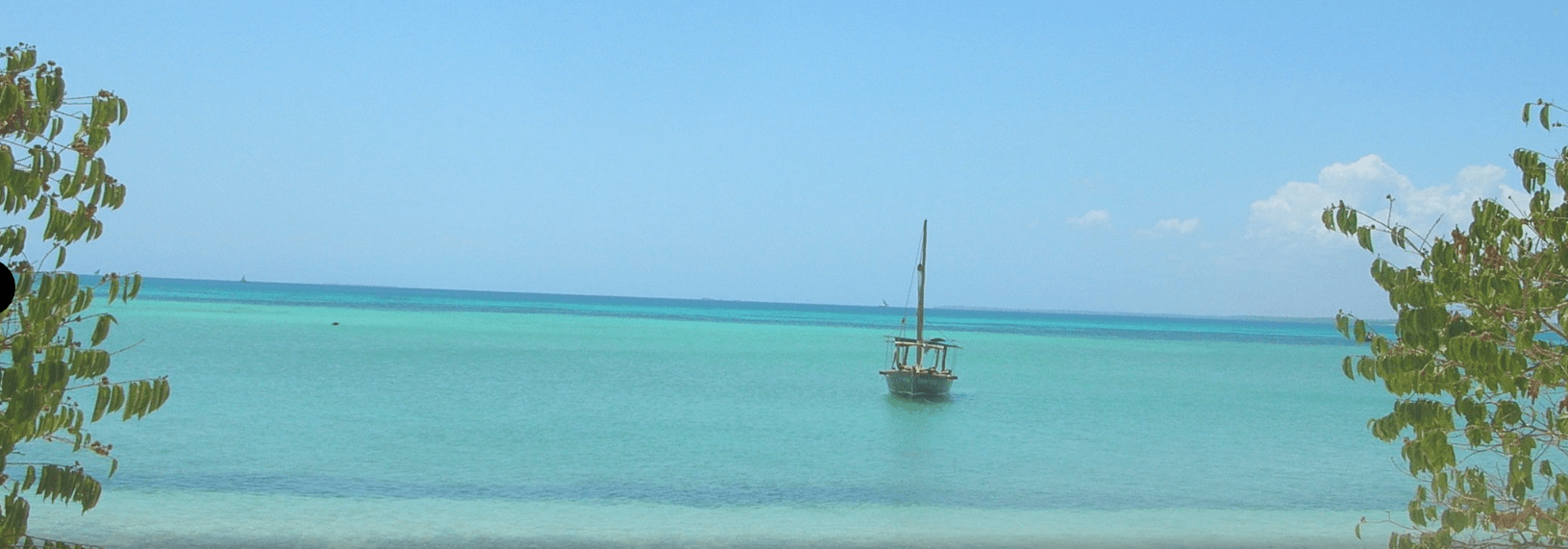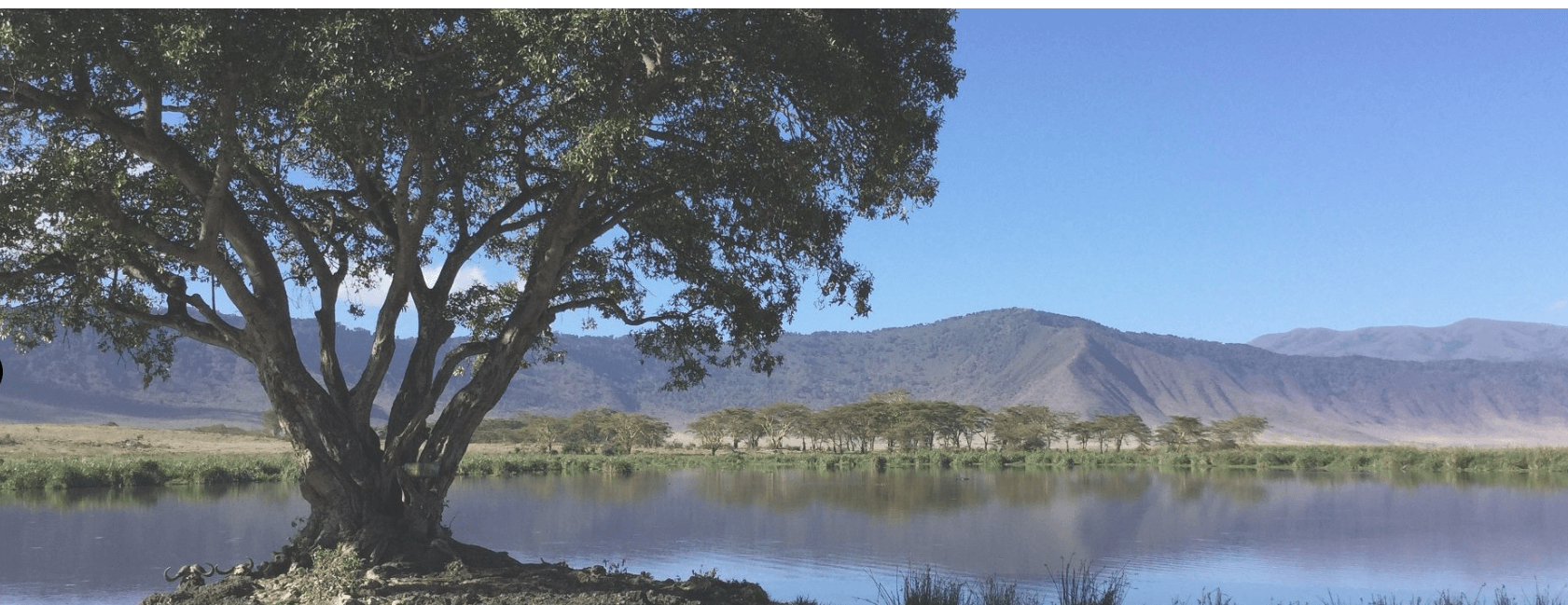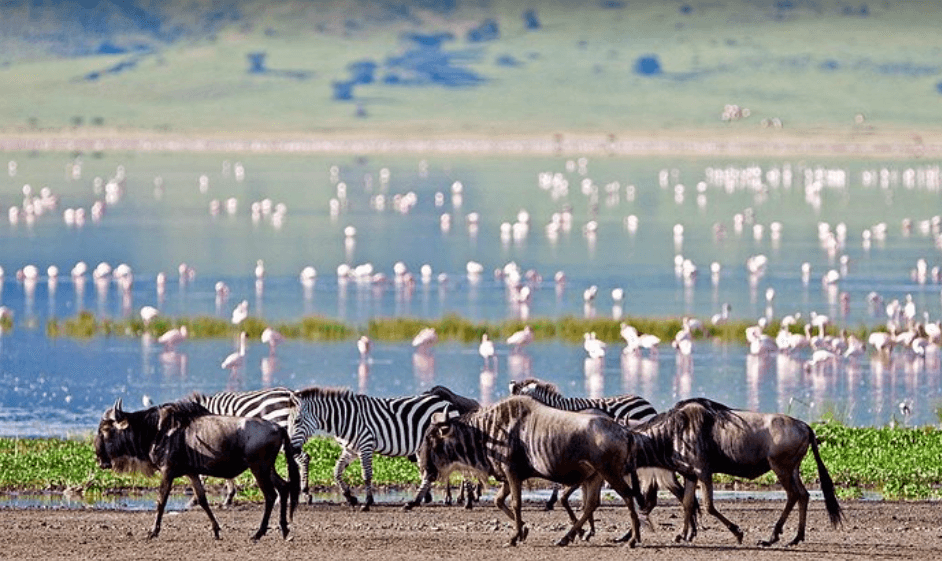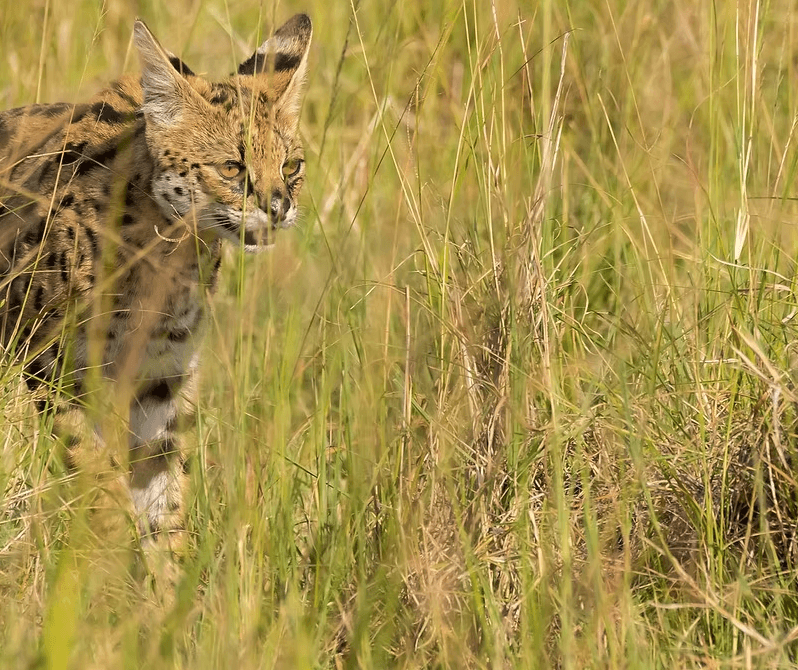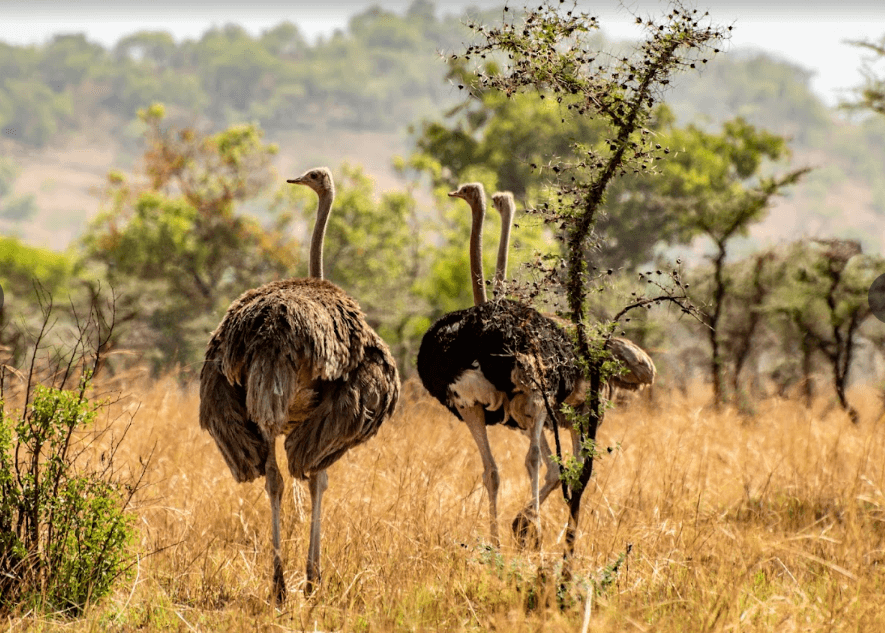Matheniko Game Reserve
Matheniko Game Reserve: Uganda’s Untamed Safari Destination
Tucked away in the arid northeastern plains of Uganda, Matheniko Game Reserve remains one of the country’s least explored but most captivating wilderness areas. Located in Moroto District, this rugged reserve forms part of the larger Karamoja wildlife conservation region, which includes Pian Upe, Bokora, and Kidepo Valley National Park.
For adventurers, birders, and culture seekers, Matheniko offers raw, untamed beauty that few other destinations can match. Its wide-open landscapes, dramatic rock outcrops, and remote location make it perfect for those seeking off-the-beaten-path experiences in East Africa.
Location and Size
Matheniko Game Reserve lies in northeastern Uganda, close to the border with Kenya. It spans around 1,520 square kilometers, making it one of Uganda’s largest protected areas. Its location between Pian Upe to the south and Kidepo Valley to the north gives it ecological importance as a wildlife corridor.
Conservation and History
The reserve was established in the 1960s and is managed by the Uganda Wildlife Authority (UWA). It forms part of the Karamoja Protected Area (KPA). Despite its ecological significance, Matheniko is under-promoted and remains relatively untouched.
It was created to preserve Uganda’s semi-arid ecosystems and the endangered species that inhabit this unique biome. Conservation efforts have intensified in recent years, focusing on eco-tourism, wildlife monitoring, and community partnerships.
Landscape and Climate
Matheniko features a semi-arid savanna environment with open plains, thorny bushes, seasonal rivers, and rocky ridges. This terrain supports unique wildlife and provides panoramic views over Karamoja’s vast wilderness.
-
Altitude: 1,070 to 1,830 meters
-
Climate: Hot and dry with sparse rainfall
-
Vegetation: Mainly acacia woodland and dry savannah
How to Get to Matheniko Game Reserve
By Air
The nearest air access point is Moroto Airstrip, which receives chartered flights from:
-
Entebbe International Airport
-
Kajjansi Airfield
Flights are arranged by operators like AeroLink Uganda and Eagle Air. From Moroto, it’s about an hour’s drive to the reserve.
By Road
Most travelers reach Matheniko by road. A 4×4 vehicle is essential due to the rugged terrain, especially in the rainy season.
Popular Route:
-
Kampala → Mbale → Soroti → Moroto → Matheniko Game Reserve
-
Distance: Approx. 500 km
-
Travel Time: 9 to 10 hours
-
Highlights: Scenic views of Mount Elgon and the Karamoja plains
Alternatively, you can approach from Pian Upe Game Reserve or Kidepo Valley as part of a broader Karamoja safari route.
Top Attractions and Activities at Matheniko Game Reserve
Matheniko isn’t about luxury lodges or high volumes of wildlife. Instead, it offers solitude, scenic beauty, and unique encounters with both nature and local culture.
1. Game Drives
Go on a 4×4 safari drive through the expansive plains. While game density is lower than national parks, you may encounter:
-
Lesser kudu
-
Klipspringer
-
Guenther’s dik-dik
-
Oribi
-
Leopards and hyenas (rare but present)
Drive early in the morning or late afternoon for the best wildlife activity.
2. Birdwatching
With over 200 bird species, Matheniko is a birding hotspot, especially during and after the rainy season.
Look out for:
-
Ostriches
-
Secretary birds
-
Abyssinian ground hornbill
-
Karamoja apalis
-
Yellow-billed shrikes
The open terrain makes bird spotting easy, and seasonal wetlands attract large flocks.
3. Hiking and Nature Walks
The reserve’s rocky outcrops and dry valleys offer great hiking opportunities.
-
Climb Mount Moroto for a panoramic view
-
Explore lesser hills and rock ridges within the reserve
-
Learn about native plant species and their traditional uses
Guided nature walks also allow for up-close views of smaller mammals and reptiles.
4. Cultural Encounters with the Karimojong
Experience the authentic lifestyle of the Karimojong people, known for their traditional dress, cattle-keeping culture, and hospitality.
Cultural tours include:
-
Visiting manyattas (traditional homes)
-
Watching traditional dances and songs
-
Learning about Karimojong beliefs and stories
-
Buying local crafts like beaded jewelry and handmade tools
These experiences support community-based tourism and offer a rare cultural insight.
5. Camping and Stargazing
With little light pollution, Matheniko offers exceptional night skies. Camp under the stars and enjoy the sounds of nocturnal wildlife.
-
UWA-managed campsites available
-
Bring your own gear or book through a tour company
-
A local ranger can be arranged for safety
Accommodations Near Matheniko Game Reserve
Lodging options are limited but sufficient for adventure travelers and cultural tourists.
Recommended Places to Stay
1. Karamoja Safari Camp – Moroto
-
Eco-camp offering tents, cottages, and full-board options
-
Cultural tours and hikes included
-
Great base for exploring Matheniko and surrounding areas
2. Mount Moroto Hotel
-
Mid-range hotel with comfortable rooms and a restaurant
-
Ideal for overnight stays before or after visiting the reserve
3. Tepeth Lodge – Moroto
-
Budget-friendly with clean rooms and cultural immersion options
-
Offers guided walks and local meal experiences
4. UWA Campsites
-
Basic facilities (no running water or electricity)
-
Visitors bring tents and supplies
-
Ideal for adventurous, self-sufficient travelers
Best Time to Visit Matheniko Game Reserve
Dry Season (Best for Game Viewing)
-
December to March
-
June to August
Wildlife is easier to spot, and roads are more accessible.
Rainy Season
-
April–May and September–November
Birdwatching is superb, and the landscape is lush, but travel may be more challenging due to muddy roads.
Frequently Asked Questions (FAQs)
Is Matheniko Game Reserve safe?
Yes, the area is generally safe. UWA rangers patrol the region, and most visits are trouble-free. Always use a guide and check travel advisories before your trip.
Are there big cats in Matheniko?
Yes. Leopards and hyenas are known to roam the reserve, though they are elusive. Sightings are rare due to the vast terrain.
Can I take photos or film?
Yes, photography is welcome. Professional filming may require a permit from UWA. The reserve offers stunning backdrops and rare animal subjects for nature photographers.
What should I pack?
-
Light, breathable clothing
-
Hiking boots or sturdy shoes
-
Hat and sunglasses
-
Sunscreen and insect repellent
-
Binoculars and camera
-
Refillable water bottle
-
Camping gear (if staying at UWA sites)
How much is the entrance fee?
-
Foreign non-residents: $35 USD per adult/day
-
Residents: $25 USD per adult/day
-
East African citizens: UGX 15,000
These fees help support conservation and ranger operations.
Why Visit Matheniko Game Reserve?
Matheniko Game Reserve offers a rare blend of solitude, wildlife, and culture. It’s a place for curious minds and adventurous spirits who want more than a traditional safari.
Whether you’re tracking rare antelopes, stargazing from your tent, or listening to the stories of the Karimojong, every moment in Matheniko feels real and unfiltered.
So if you’re ready to venture beyond the usual paths and explore one of Uganda’s hidden treasures, Matheniko is calling—rugged, remote, and unforgettable.

